#green tea and oolong tea.
Explore tagged Tumblr posts
Text
#Is Ceylon tea high in caffeine?#Ceylon tea is a type of black tea that originates from Sri Lanka. Pure Ceylon teas are different from other types of black tea because they#green tea and oolong tea.#Ceylon black teas have been used in herbal medicine since ancient times due to their health benefits and antioxidant properties. You can ge#Ceylon tea is made from the plant Camellia sinensis.#Ceylon tea is made from the plant Camellia sinensis#a species of evergreen shrub that includes both green and black teas. The difference between Ceylon tea and black or green tea is in the wa#Green tea undergoes minimal processing while it’s still fresh—it’s steamed#dried#and sorted by hand. Black teas go through a much more extensive process: they’re rolled#oxidized (or fermented)#and for some varieties roasted before being blended together with flavors like fruits or spices to create traditional English-style tea ble#If a tea is listed as “pure Ceylon” or “single origin Ceylon#” then it contains only tea leaves sourced from Sri Lanka#with no other additions.#with no other additions. This means that if you’re looking to drink 100 percent pure Ceylon tea#look for the words “single origin” or “pure.”#If you’re not sure exactly what kind of tea you have and where it was grown#ask your grocer or the store clerk. If they can’t answer this question#they probably don’t know much about the product at all!#The main types of teas that come from the Camellia sinensis plant are black tea#green tea and oolong tea. All three are made by cutting off the leaves and buds of Camellia sinensis#but they’re processed differently to produce different flavors:#Black: Fermented#Green: Not fermented#Oolong: Partially fermented#Ceylon tea is lower in caffeine than other black teas due to the way it’s processed.#Ceylon tea is lower in caffeine than other black teas due to the way it’s processed. Ceylon tea has a lower level of oxidation during proce#which means there are fewer tannins in Ceylon tea than in other black teas. Tannins are chemicals that give black teas their distinctive fl#but they also have a high concentration of caffeine. In addition
0 notes
Text
Many Tea Symbols!/pos
Black, Chai, Mint
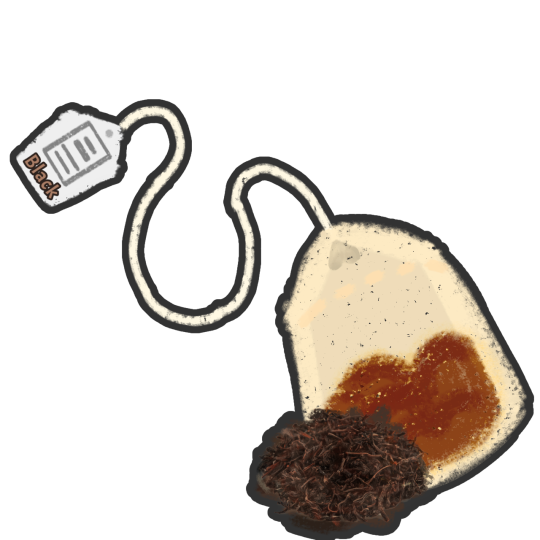

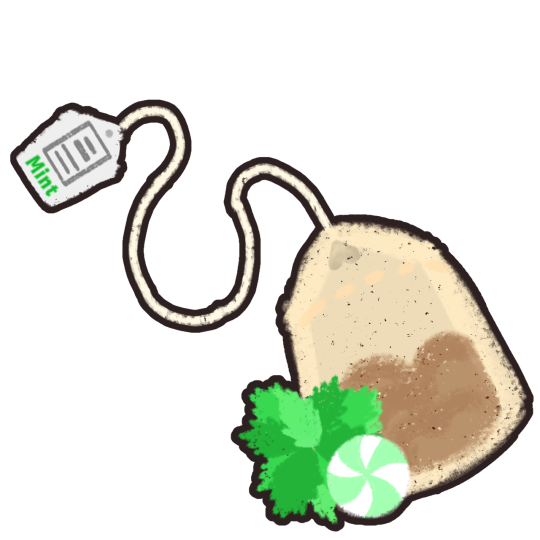
Thai, Cardamom, Oolong

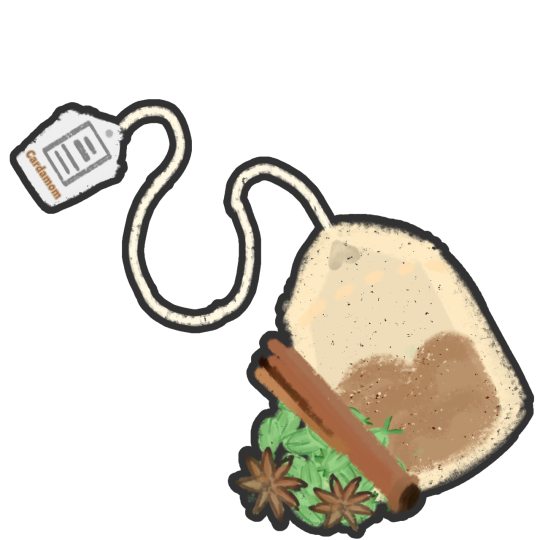

Ginger, Chamomile, Green
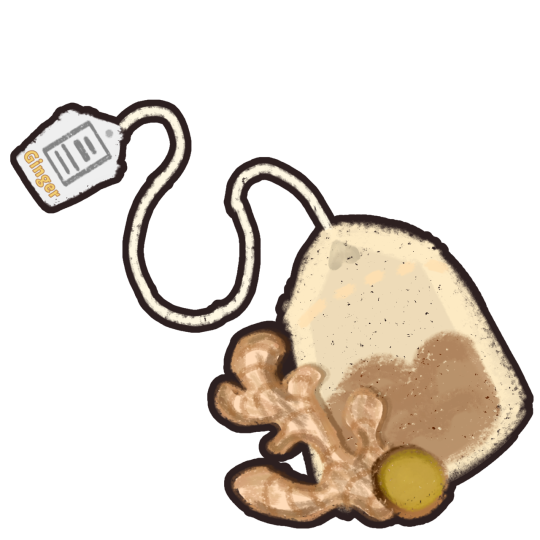
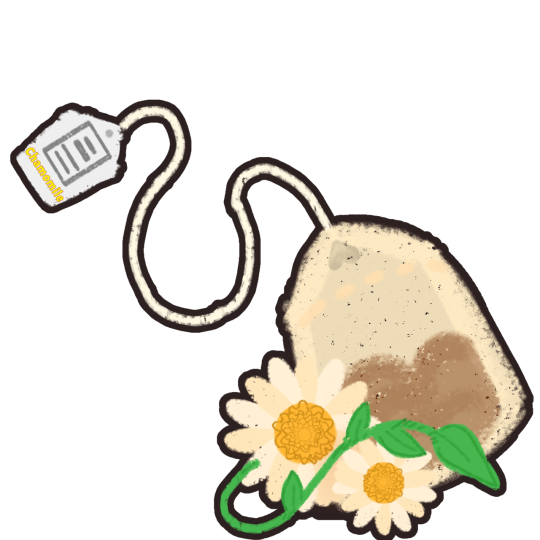
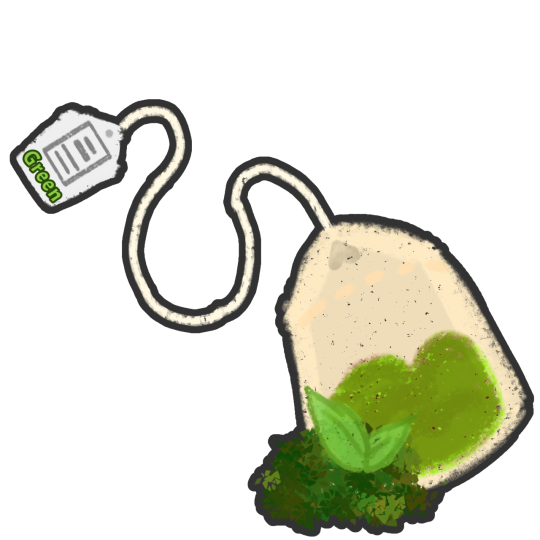
#aac emoji#aac symbol#aac user#vixyaac🐙#discord emoji#communication#emoji blog#aac device#accessibility#high tech aac#aac emojis#emoji#tea#tea lover#tea bags#green tea#oolong tea#chai tea#black tea#mint tea#cardamom tea#ginger tea#chamomile tea#discord emojis#custom emojis#tea emojis#tea symbols
166 notes
·
View notes
Text
Hello teafriends,
life has been hectic lately and I forgot to post my teasessions. This is boutta be a bigger post!









I'd even comment on what I had, but I honestly don't remember much. However, lately I've been trying a lot of japanese teas too, I sort of grew a liking to the fishy soup flavour!
#tea#tea brewing#tea ceremony#tea infuser#tea lover#tea tasting#tea time#ťumblr#ťumbľr#gong fu cha#gongfuchablr#tea room#white tea#green tea#oolong tea#black tea#red tea#puerh tea#teablr
38 notes
·
View notes
Text
I'm gonna do it. I'm gonna become a tea snob!!
10 minutes later
damn this oolong dry as fuck and kinda tasteless. guess I'm ruining the next steep with milk and sugar...
#tea#oolong#i give anyone in those tags full permission to yell at me so long as that yelling includes tea advice#i have never consumed a liquid that dries out mouth before#and i have mild sjogrens syndrome#so i really dont need that#im just looking for a Food Joy to integrate into my life#i need them so bad to counteract all the Food Trauma MCAS has caused me#also fuck i miss honey#green tea with sugar is NOT THE SAME as green tea with honey#why must i be allergic to everything
9 notes
·
View notes
Text
Speaking of tea, I am really quite irritated about having to minimize my caffeine intake, but at least I am finally making a dent in my herbal tea collection.
#personal#tea tea tea!#don't worry as soon as my heart rate goes down i am drinking all the black green and oolong i want
18 notes
·
View notes
Text
Reblog for a bigger sample size etc
#tea#water#green tea#black tea#herbal tea#rooibos tee#oolong#rooibos#white tea#tumblr polls#my polls#polls#random polls
30 notes
·
View notes
Text
Pro tip: if you've had green tea and didn't like it, consider brewing at a lower temperature than boiling water (165f is my go to) and for less time than black tea.
#idk how unknown this is on the internet but this comes up a LOT with customers at the tea shop i work at#i used to dislike green tea but ive been doing something approaching gong fu cha (short steeps but higher ratio of tea leaves to water)#and now i have several favorite green teas#though im an oolong and puer stan first and foremost
9 notes
·
View notes
Text
#tea is love tea is life#tea#thirstynerds#cream and sugar#black tea#oolong#green tea#health and wellness#tea quiz
9 notes
·
View notes
Note
To my archivist,
Special delivery!
☕️
a cuppa tea!
Yours lovingly, ☁️ (<3)
sips
Ahh, some green tea to get me through sorting my work.
#my favorite tea is oolong. or green tea. either one works.#👁️.txt#☁️.txt#the magnus archives kin#tma kin#alterhuman#fictionkin#martin blackwood#jonathan sims#the magnus archives#jmart#jonmartin#tma
26 notes
·
View notes
Note
PIA. WHAT. please tell us about being a professional tea taster!!!!
Ahahaha, there's honestly not much to tell!
I fell into it completely by accident. I didn't actually even used to like tea, but that was because my only exposure was like, the milky sugary shit my english side of the family used to give me, and turns out, I don't like milk or sugar in my tea! I would've liked it just fine if they'd given it to me without those things.
(No shade to people who like milky sugary tea, I believe that stuff is the bomb if you love it, especially with biscuits).
However, a friend's older brother was just starting to be the first place in Western Australia to import in very high quality green, white, oolong and pu-erh teas into the state, and would do so by touring through China first, etc. This was before green tea drinking was really a 'thing' here (late 90s, early 00s), so they were here before any of the 'boutique' tea shops etc.
I started getting involved in tea ceremonies through said friend, started tasting the teas, and eventually we all realised I had a pretty good palate for it, and so I engaged in further training to help them write out their labels / brands etc. and eventually became a tea taster. I specialise in green and oolong, and started to get into white, but I think I miss too much of the nuance to do much more except enjoy it, lol.
Unfortunately their company never went far, they were outcompeted due to being at the crest of the 'green tea drinking is a thing' and while I kept it up for a while, I decided I didn't want to go the tea sommelier route (pairing tea with food), and just kept it up as a general skill, doing tea reviews for a couple of websites.
When I developed anemia, I had to stop drinking tea for a long time, because tea is actually one of the worst things you can drink if you have iron deficiency or any kind of anemia (yes, really, ask your hematologist if you don't believe me).
I can probably have about one/two cups a day now, and I'm one of those elitist bitches who has the temperature kettle (certain teas are best brewed at specific lower temperatures), and only drinks loose leaf tea with no milk, honey, lemon or sugar in sight and sets all my brewings to strict temperatures. But that's just because that's the way I like it. I can't stand matcha, unless it's in a matcha tiramisu. And my personal taste means nothing, because it's about other people's personal tastes. The tea you like says nothing in particular about you, except that you like it. :)
I once had a moment when we had some tradespeople come over and I offered them coffee/tea, and when they said tea, I realised they wanted like... a teabag brewed tea with milk and sugar and on the day we had no milk (I'm lactose intolerant) and only had green teas and I felt so embarrassed, lmao, so now I always carry some teabag tea for guests.
This is now my favourite brand:


And this is what they all look like.
I go through them a lot more slowly than I used to! And I don't drink much black tea anymore sadly due to reflux, but I'll still make time for it.
I can talk a little too much about different provinces, aging techniques, and more, but not enough to do it as a job anymore. But I loved it when I did it and I still love sharing green tea with the friends who love it these days.
Lmao me like 'there's not much to tell' but still manages to turn it into like 100 paragraphds fasdlkjfsa
#asks and answers#personal#i don't make tea enough to be honest#valley green tea are a lovely company#and for the australians#T2 is bullshit lmao#if you like it that's cool but don't say it's fancy or high grade tea#because it's not lmao#it wasn't when it started and it's gotten worse with time#anyway yeah so my family are big tea drinkers#but i used to be like 'i HATE tea' all my life#and then one day i had an oolong on its own#properly brewed#and my entire life changed fdsalkfjsa
54 notes
·
View notes
Text
From bush to mug: What do you know about tea? How the most popular drink in the world is created
Tea is drunk always and everywhere: at breakfast and before bed, in summer and winter, with sugar and lemon. But how much do we know about him? Why is black tea not black at all in a mug, but green tea has different shades from amber to gold? How is it grown and when is it harvested? And most importantly, how to drink and brew tea correctly? Together with Time Tea, we have compiled a tea guide and answered the main questions about the most popular drink in the world.
1. How tea is grown and harvested
White, green, black, oolong – despite the fact that there are many different teas in the world, they are all made from the same plant. It is called Camellia sinensis, or Chinese camellia. This is a small bush about a meter high, although closer to the south the plant becomes taller, stronger, branchier and more reminiscent of a tree. The first harvest is harvested five years after planting, but it is believed that the leaves gain maximum weight by the age of 50 (for this, the crop must be harvested regularly). Every year the bushes are pruned, and only the youngest, softest and juiciest leaves are selected for tea.


2. Where are tea leaves collected?
Tea grows in more than 30 countries. Although it was originally cultivated in China, the country still ranks first in terms of yield. It is followed by India and Sri Lanka – the British brought tea there in the 19th century, so these places are famous for their black varieties. Depending on where it is grown, the leaves differ in taste and color. Thus, African varieties have a reddish tint – all due to the fact that there is a lot of copper in the soil. Thanks to the ideal climate, the best varieties of tea grow in China, India, Sri Lanka and Kenya – they are used in TimeTea

3.What kind of tea is there?
In addition to the regions of growth, tea is divided according to the method of processing. There are six types in total – white, green, yellow, oolong, black and pu-erh. They differ mainly in the degree of fermentation. White is almost never fermented – the young buds just wither in the sun. Green is steamed, dried or fried. Black tea has the longest chain: dried leaves are rolled into plates, from which the juice is released. They are laid out on special trays, where the processes of oxidation, fermentation and fermentation take place – almost like wine production. It is at this point that the tea leaves turn dark in color.
4. How to tell if the tea is of high quality
The criteria differ depending on the variety, but there are several general principles. Examine the leaves – they should be approximately the same color and size. Make sure there are no twigs or dust in the package, and no foreign odors. When you have brewed the tea leaves, look at the water – it should be clear, even if it is strong pu-erh. The aroma of the drink should be light and the taste rich. If your green tea turns out bitter, it may be not only the poor quality of the leaves, but also the wrong water temperature or the wrong number of leaves.
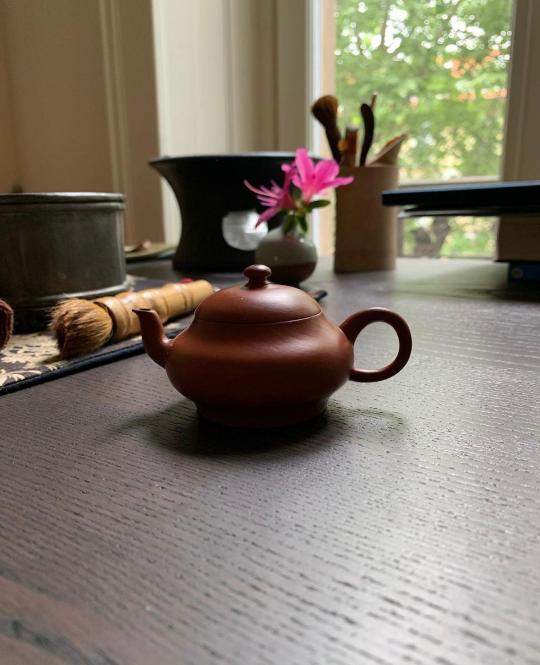
5. How to brew the perfect cup of tea
The first thing you need is fresh, high-quality tea. The second is soft water. It should not contain minerals, salt or chlorine – use a filter or bottled water. For one cup you will need a teaspoon of tea. Remember that water should not boil for a long time: the taste of the drink depends on the oxygen content, which decreases with long boiling. The brewing time depends on the variety: black tea needs at least five minutes, while white tea needs less than a minute. After this, the tea leaves must be removed from the teapot or cup.
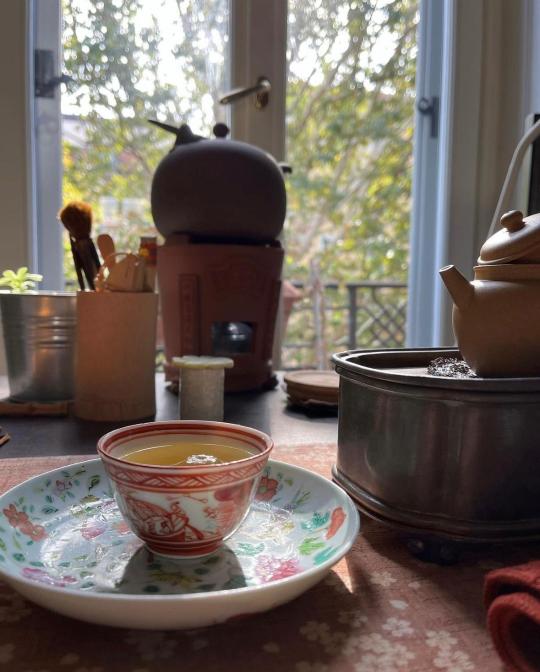
Discover the exquisite world of tea with Time Tea. Our selection of high-quality teas, including black, green, oolong, and more, is sourced from the finest regions worldwide. Whether you’re a connoisseur or just starting your tea journey, our premium teas promise an exceptional experience in every cup.
#tea#food#canada#drink#oolong#green tea#herbal tea#matcha#black tea#tea time#world cup#tea cup#tea pot#cup of tea#roses#happy spring
8 notes
·
View notes
Text
A specific kind of pleasant morning:
Bach (heavy on the violins) on headphones, a hot breakfast you didn't have to work very hard to make, trying a new tea from your "advent" calendar, and adding your review of it to the spreadsheet your tea-sampling friends all share. Reading their reviews from yesterday. A glass of cold well water, warm socks.
#this morning brought to you(me) by Seasonal Unemployment#among other blessings#it was jasmine green tea today#7/10#yesterday was oolong#8.5#tomorrow - who knows?#probably a weird herbal#i wish upon all of you the kind of friend who makes you an advent calendar of things you both enjoy#to then enjoy together separately#if this isn't nice i don't know what is
16 notes
·
View notes
Text


Had a light oolong today (Gui Hua). I can't lie, I'm too soft, and even other gongfu enjoyers keep clowning me for it. I love lighter teas the most. A puerh or a black tea can be ruined for me if I oversteep it a bit and also they keep sending me to the toilet, which is pretty annoying. Never ran into that problem with a white tea, light oolong or even a green tea. I need some good dark tea reccommendations. 🙏
#tea#tea brewing#tea ceremony#tea infuser#tea lover#tea tasting#tea time#gong fu cha#gongfu tea#ťumblr#ťumbľr#puerh tea#puerh#oolong#white tea#black tea#green tea#gongfuchablr#tea room
45 notes
·
View notes
Text
Its great that I have 18 types of tea but good lord where am I meant to store all the boxes
#Im not satisfied yet. I want another variety of black tea and green tea#and want to get turmeric tea#and give white tea and jasmin tea a try#AND restock on my oolong tea#txt
2 notes
·
View notes
Text
did everyone else already know that green tea and black tea and oolong tea and yellow tea are all the same plant just prepared slightly differently or
7 notes
·
View notes
Text

RE: my taste in tea
9 notes
·
View notes